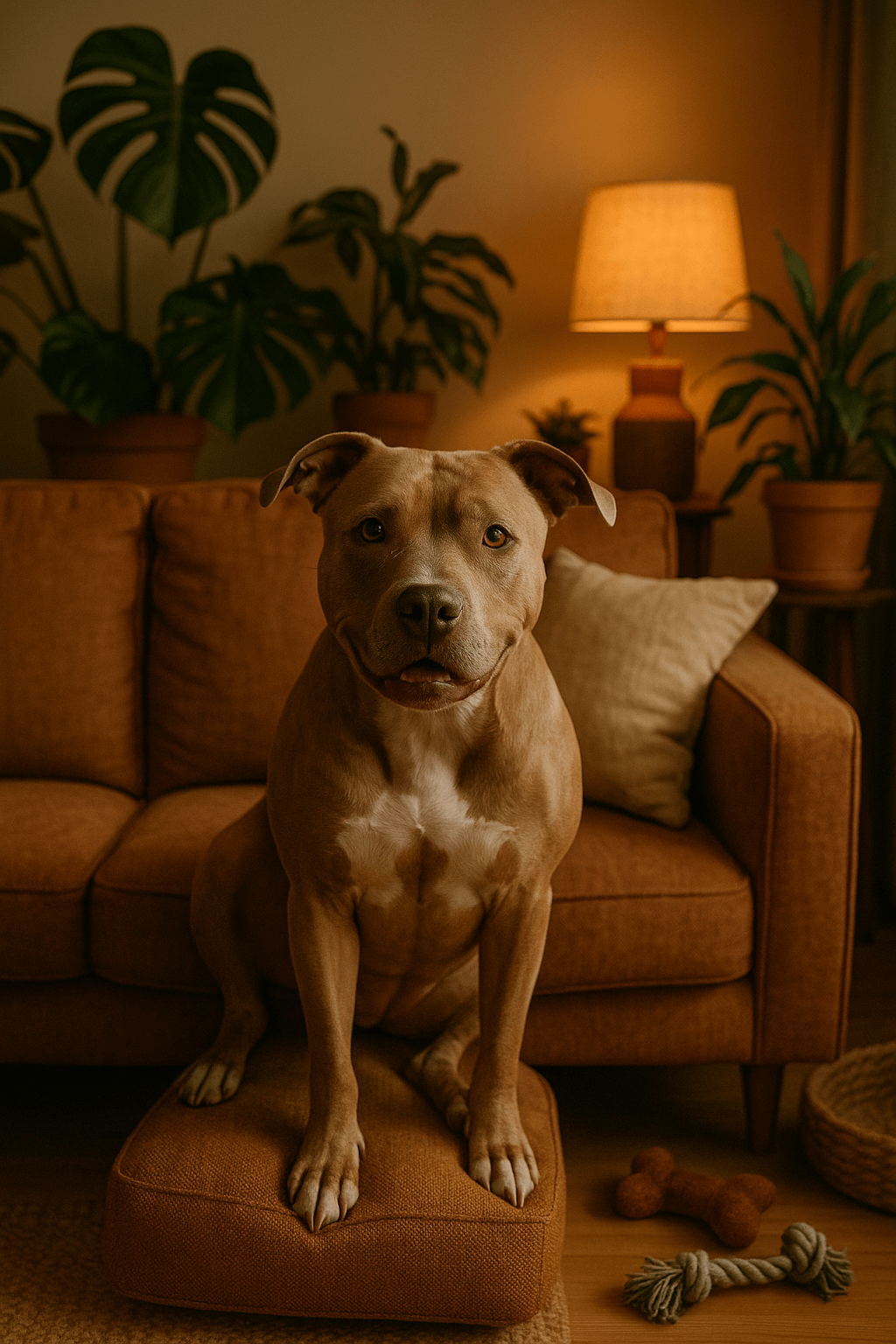Let’s get real—pit bulls have taken quite the PR hit over the years. But if you’ve ever snuggled up with one, you know they’re just as goofy, loyal, and lovable as any other dog. So why all the fear? Today, we're unpacking the truth about pit bull aggression, how to rescue one with behavioral issues, and why these dogs deserve a fresh start.
The Truth About Pit Bull Aggression
It’s easy to believe what headlines say, but studies show that pit bulls aren’t inherently more aggressive than other breeds. In fact, many pit bull attacks are due to lack of training, neglect, or abuse—not breed temperament. As someone who's fostered multiple pitties, I’ve seen firsthand how loving and gentle they can be with the right environment.
Fun fact: The American Temperament Test Society gives pit bulls a passing rate of 86%—higher than golden retrievers!
Adopting a Pit Bull for the First Time
If you're thinking of adopting a pit bull for the first time, you're in for a loyal companion. But there are a few things to know:
- Meet-and-greets are key: Spend time with the dog before committing. Every pit bull has its own personality.
- Research breed-specific laws (BSL): Some areas have restrictions, sadly. Check your local regulations first.
- Patience is your best friend: Especially if the dog has a rough past—trust is earned, not given.
How to Rescue a Pit Bull with Behavioral Issues
Many rescued pitties come with baggage, but don’t we all? Here are some best practices for fostering pit bulls with challenging behaviors:
- Start slow: Give your dog time to decompress in a calm, safe space.
- Use positive reinforcement: Reward-based training builds trust faster than harsh corrections.
- Work with a behaviorist: Especially for fear-based aggression or resource guarding.
When I fostered Ruby, a 4-year-old pit with leash reactivity, we worked with a certified trainer twice a week. Within three months, she was walking calmly through the neighborhood—tail wagging and head high.
How to Socialize a Rescued Pit Bull
Socializing your pittie is crucial. Whether they’re a couch potato or high-energy athlete, introducing them slowly to people, sounds, and other pets is key.
Here’s a simple plan for how to socialize a rescued pit bull:
- Start with scent: Let your dog sniff a new person or dog’s item before meeting them face-to-face.
- Neutral ground: Avoid territorial spaces for first intros—think parks or quiet walks.
- Celebrate small wins: Every calm interaction is progress. Treats and praise go a long way.
Best Practices for Fostering Pit Bulls
Fostering is a rewarding way to help dogs in need, and pit bulls are no exception. Here are a few must-knows:
- Keep a routine: Predictability helps reduce anxiety.
- Safe spaces matter: A crate or cozy corner gives your pup a place to decompress.
- Document behavior: If the dog is going to be adopted out, your notes help shelters match them with the right family.
Final Thoughts
Pit bulls aren't the villains they're made out to be. With love, patience, and proper care, these resilient dogs can become the most affectionate companions you'll ever meet. If you're ready to open your heart (and home), consider rescuing one of these misunderstood sweethearts.
❤️ Need help finding healthy treats or training tips? Check out more healthy treats for dogs on our blog!
Frequently Asked Questions (FAQs)
1. What is the truth about pit bull aggression?
2. How do I rescue a pit bull with behavioral issues?
3. What are the best practices for fostering pit bulls?
4. Is adopting a pit bull for the first time safe?
5. How do I socialize a rescued pit bull?
6. Are pit bulls good with families?

About SniffnTail
SniffnTail is your go-to destination for everything pets. From helpful advice, tips, and insights to thoughtfully selected products and resources, we’re here to support pet owners at every stage of their journey. Whether you're caring for a playful pup, a wise old cat, or anything in between, SniffnTail offers tools and knowledge to make pet parenting easier and more joyful.
Related Articles
 Adoption & Rescue • 6 minutes
Adoption & Rescue • 6 minutesAdopt vs. Shop: Why Choosing Rescue Saves Lives
Discover the heartwarming reasons why 'adopt don’t shop' isn't just a slogan—it’s a lifesaving choice. Learn about the real benefits of pet adoption and why rescues often make the best companions.
 Adoption & Rescue • 7 min read
Adoption & Rescue • 7 min readThe Truth About Rescue Pets: Debunking 7 Common Myths
Discover the truth about shelter animals by debunking 7 common rescue pet myths. Learn what to expect when adopting a rescue dog or cat.
 Adoption & Rescue • 5 mins Read
Adoption & Rescue • 5 mins ReadHow to Create and Maintain a Homemade First-Aid Kit for Your Dog
As dog parents, we do everything we can to keep our pups safe and happy. But just like with human family members, accidents can happen — a scraped paw, a sudden allergic reaction, or even a swallowed object. That’s why having a dedicated first-aid kit for your dog isn’t just helpful — it’s essential.

